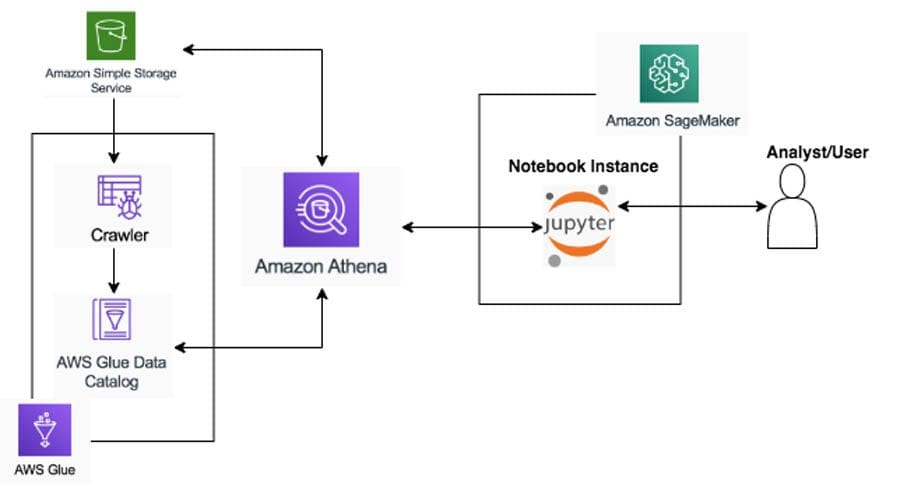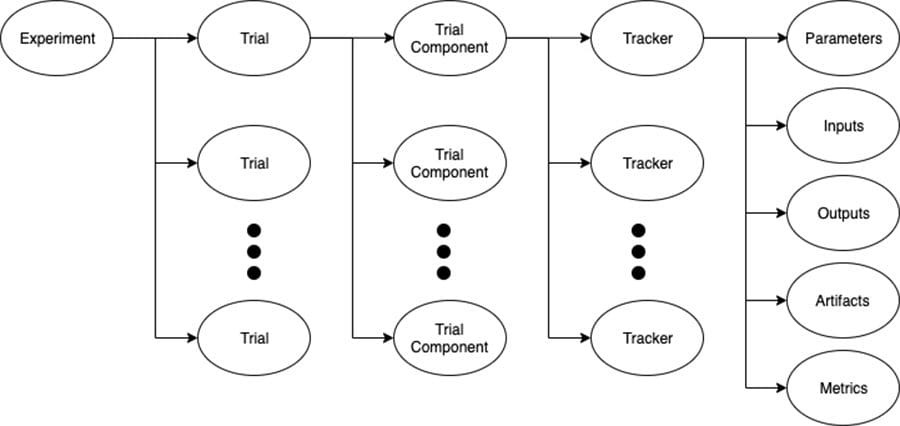
Favorite A typical machine learning (ML) workflow involves processes such as data extraction, data preprocessing, feature engineering, model training and evaluation, and model deployment. As data changes over time, when you deploy models to production, you want your model to learn continually from the stream of data. This means supporting
Read More
 Shared by AWS Machine Learning September 29, 2020
Shared by AWS Machine Learning September 29, 2020

Favorite AWS has expanded the availability of Amazon EC2 Inf1 instances to four new AWS Regions, bringing the total number of supported Regions to 11: US East (N. Virginia, Ohio), US West (Oregon), Asia Pacific (Mumbai, Singapore, Sydney, Tokyo), Europe (Frankfurt, Ireland, Paris), and South America (São Paulo). Amazon EC2
Read More
 Shared by AWS Machine Learning September 29, 2020
Shared by AWS Machine Learning September 29, 2020

Favorite With the 2020 football season kicking off, Amazon Web Services (AWS) is continuing its work with the National Football League (NFL) on several ongoing game-changing initiatives. Specifically, the NFL and AWS are teaming up to develop state-of-the-art cloud technology using machine learning (ML) aimed at aiding the officiating process
Read More
 Shared by AWS Machine Learning September 26, 2020
Shared by AWS Machine Learning September 26, 2020

Favorite Many organizations use Amazon SageMaker for their machine learning (ML) requirements and source data from a data lake stored on Amazon Simple Storage Service (Amazon S3). The petabyte scale source data on Amazon S3 may not always be clean because data lakes ingest data from several source systems, such
Read More
 Shared by AWS Machine Learning September 26, 2020
Shared by AWS Machine Learning September 26, 2020

Favorite Amazon Comprehend Custom Classification API enables you to easily build custom text classification models using your business-specific labels without learning ML. For example, your customer support organization can use Custom Classification to automatically categorize inbound requests by problem type based on how the customer has described the issue. You can
Read More
 Shared by AWS Machine Learning September 26, 2020
Shared by AWS Machine Learning September 26, 2020

Favorite Amazon Lex provides the power of automatic speech recognition (ASR) for converting speech to text, along with natural language understanding (NLU) for recognizing user intents. This combination allows you to develop sophisticated conversational interfaces using both voice and text for chatbots, IVR bots, and voicebots. This week, we’re announcing
Read More
 Shared by AWS Machine Learning September 25, 2020
Shared by AWS Machine Learning September 25, 2020

Favorite The modeling phase is a highly iterative process in machine learning (ML) projects, where data scientists experiment with various data preprocessing and feature engineering strategies, intertwined with different model architectures, which are then trained with disparate sets of hyperparameter values. This highly iterative process with many moving parts can,
Read More
 Shared by AWS Machine Learning September 25, 2020
Shared by AWS Machine Learning September 25, 2020

Favorite In this post, we show you how to select the right metadata for your use case when building a recommendation engine using Amazon Personalize. The aim is to help you optimize your models to generate more user-relevant recommendations. We look at which metadata is most relevant to include for
Read More
 Shared by AWS Machine Learning September 25, 2020
Shared by AWS Machine Learning September 25, 2020

Favorite In recent years, businesses are increasingly looking for ways to integrate the power of machine learning (ML) into business decision-making. This post demonstrates the use case of creating an optimal incentive program to offer customers identified as being at risk of leaving for a competitor, or churning. It extends
Read More
 Shared by AWS Machine Learning September 25, 2020
Shared by AWS Machine Learning September 25, 2020

Favorite Optical character recognition (OCR) technology, which enables extracting text from an image, has been around since the mid-20th century, and continues to be a research topic today. OCR and document understanding are still vibrant areas of research because they’re both valuable and hard problems to solve. AWS has been
Read More
 Shared by AWS Machine Learning September 25, 2020
Shared by AWS Machine Learning September 25, 2020
![]() Shared by AWS Machine Learning September 29, 2020
Shared by AWS Machine Learning September 29, 2020









